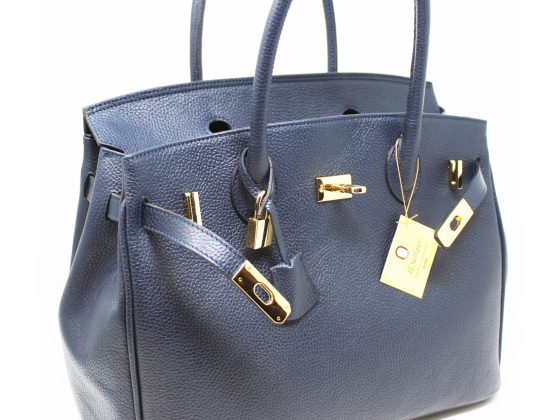Gaiazoe tells you what the sustainable fashion trends will be for the 2021. If 2020 will go down in the history of this century as the horrible year par excellence, it must not be forgotten that, however, something good has done in the area of sustainability: the air has been cleaner, CO2 emissions have decreased. , with the factories and companies closed, there was also less production, ergo, very little polluted. In all this, even fashion, which as it is now known is one of the main causes of pollution on the planet, has undergone a positive change, thanks to consumers and their behavior. As research by McKinsey found,
“57% of shoppers agree that they have made significant changes in their lifestyles to reduce their impact on the environment.”
Others cut spending on fashion purchases during the pandemic showing a more eco-sustainable approach. After all, as highlighted by the Globenewswire website, consumers are now more inclined to support companies that respect the environment, humans and animals, so the change has now begun and it is difficult to return back.
Awareness makes consumers more alert
The word greenwashing has entered the dictionary of many. If once this practice was very widespread and unknown to most, today, thanks to the many tools that consumers have at their disposal, it is becoming increasingly difficult for companies to pretend to be green. If until last year, some unsustainable companies were making “conscious” collections, in 2021 consumers will expect to spend their money buying truly sustainable products (also from a human point of view, given that many companies still exploit the labor of the most poor where controls do not take place and human rights are not respected). The zero kilometer is also fashion clearly that of the title is a provocation, but it is also a very clear and strong message: if we want to know the traceability of the garments, buy products made in your own country and focus, perhaps on artisans and small businesses, is an opportunity that guarantees mutual benefits. In this way, in fact, local communities are supported.
Wear the garments at least 30 times
Extending the life of a garment is one of the most practical ways to consume less and help slow down the jet production of clothing a little at a time. It is no coincidence that an initiative called Wear me 30 times was born that invites people to wear a garment at least 30 times, before discarding it (maybe you can try to wear it even more, or exchange it in a swap party, since what is old for us can be new for someone else or use it to modify it and change its use). The shops and flea markets If once used clothes were found in unlikely shops that did not transfer the idea of hygiene, today second hand has become a real phenomenon that amuses buyers for many reasons: the love for vintage, the desire to do business, love for the environment and the awareness that some garments that last over time are real treasures to be appropriated. See, for example Humana in the center of Milan or the 20134 Lambrate store. In short, are you ready to dress in a more sustainable way?
(edited by Gaiazoe.life)




